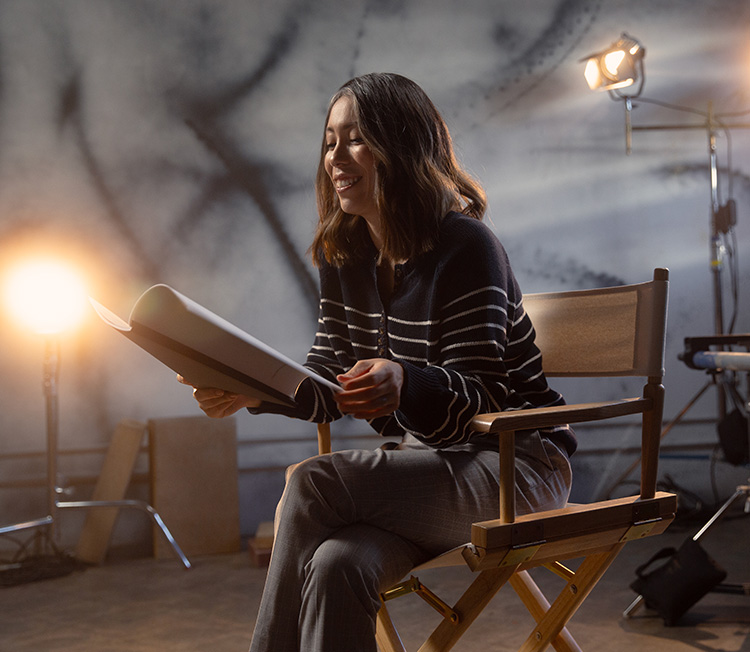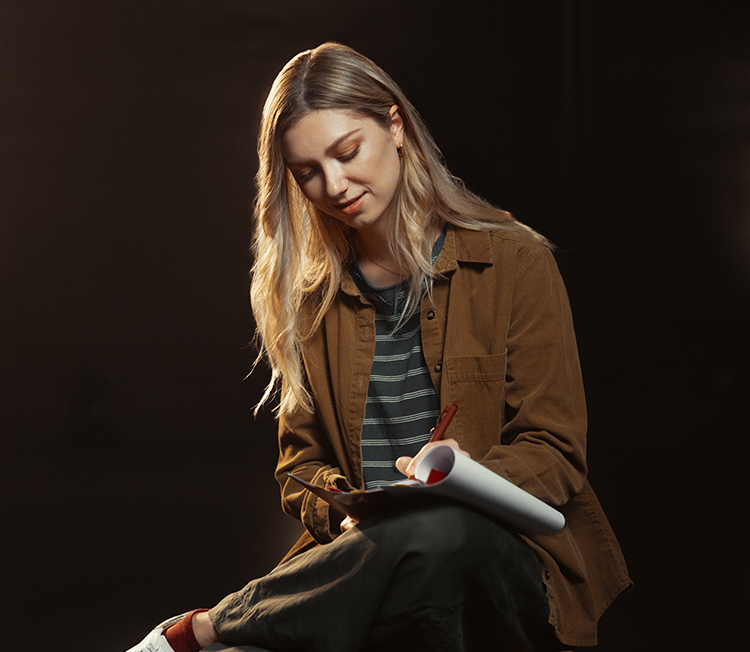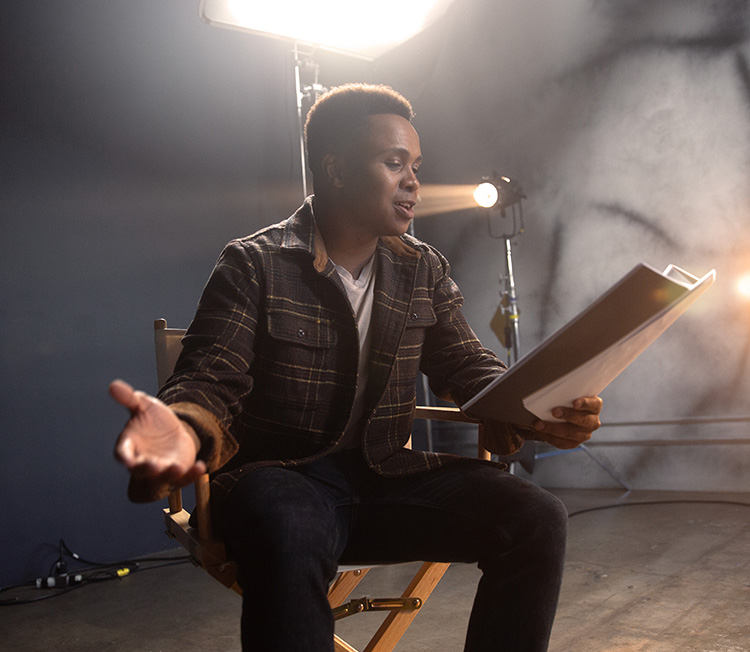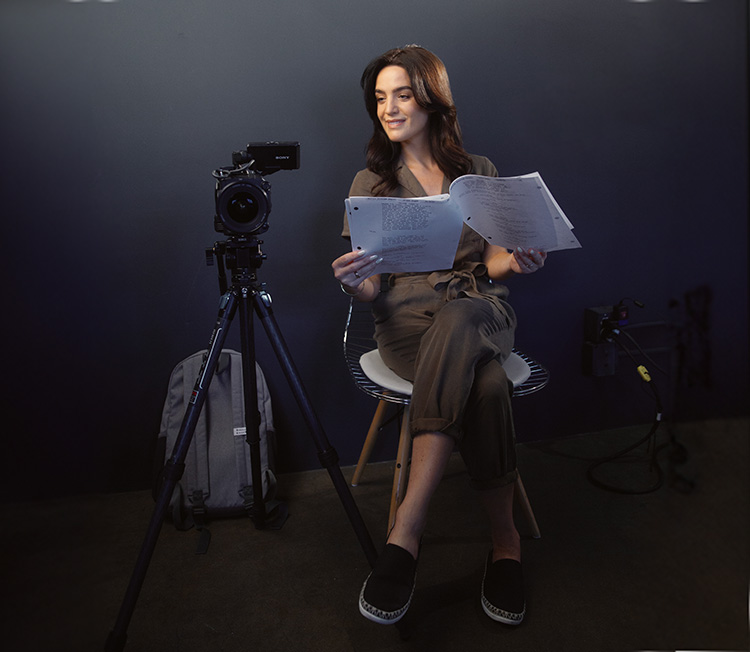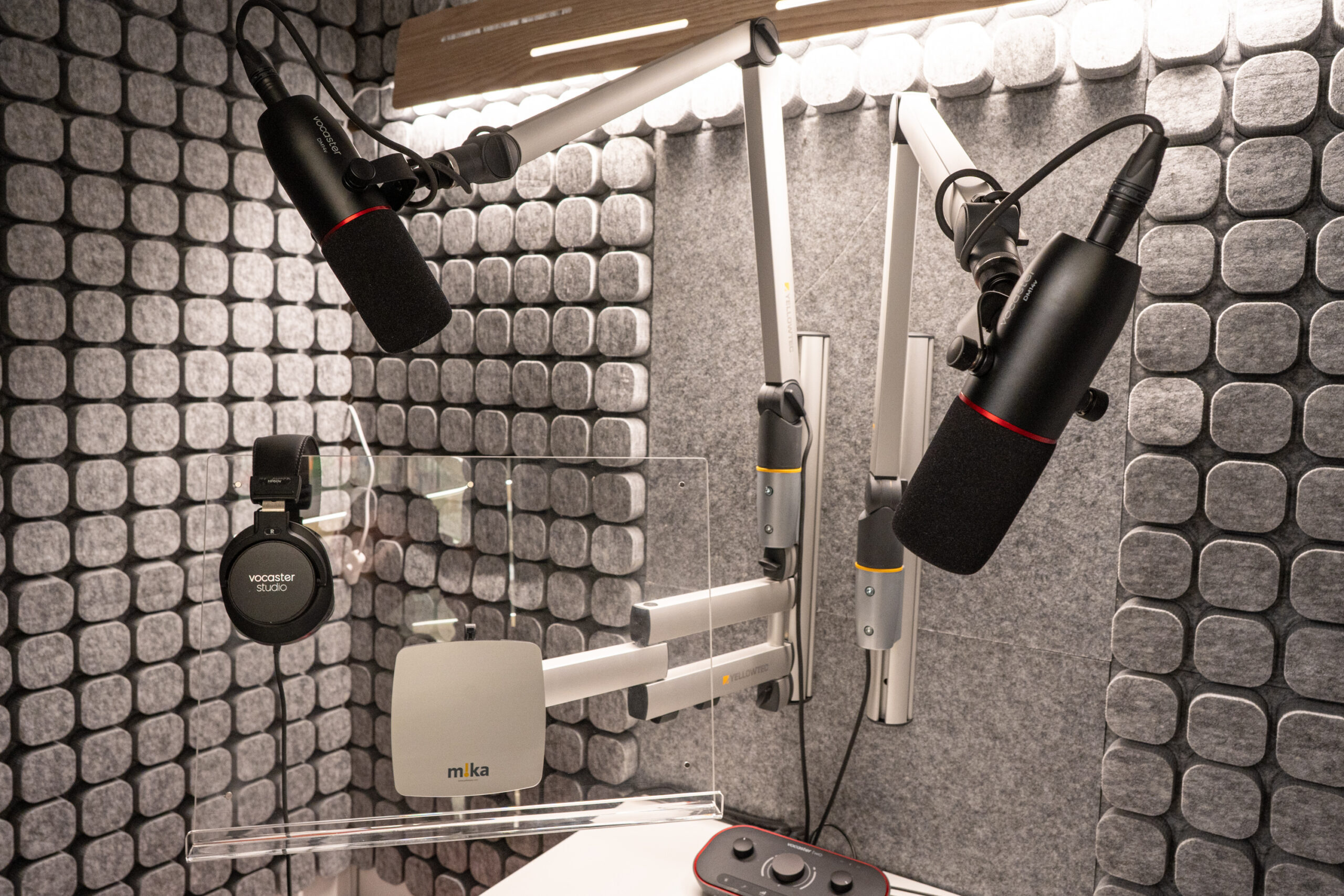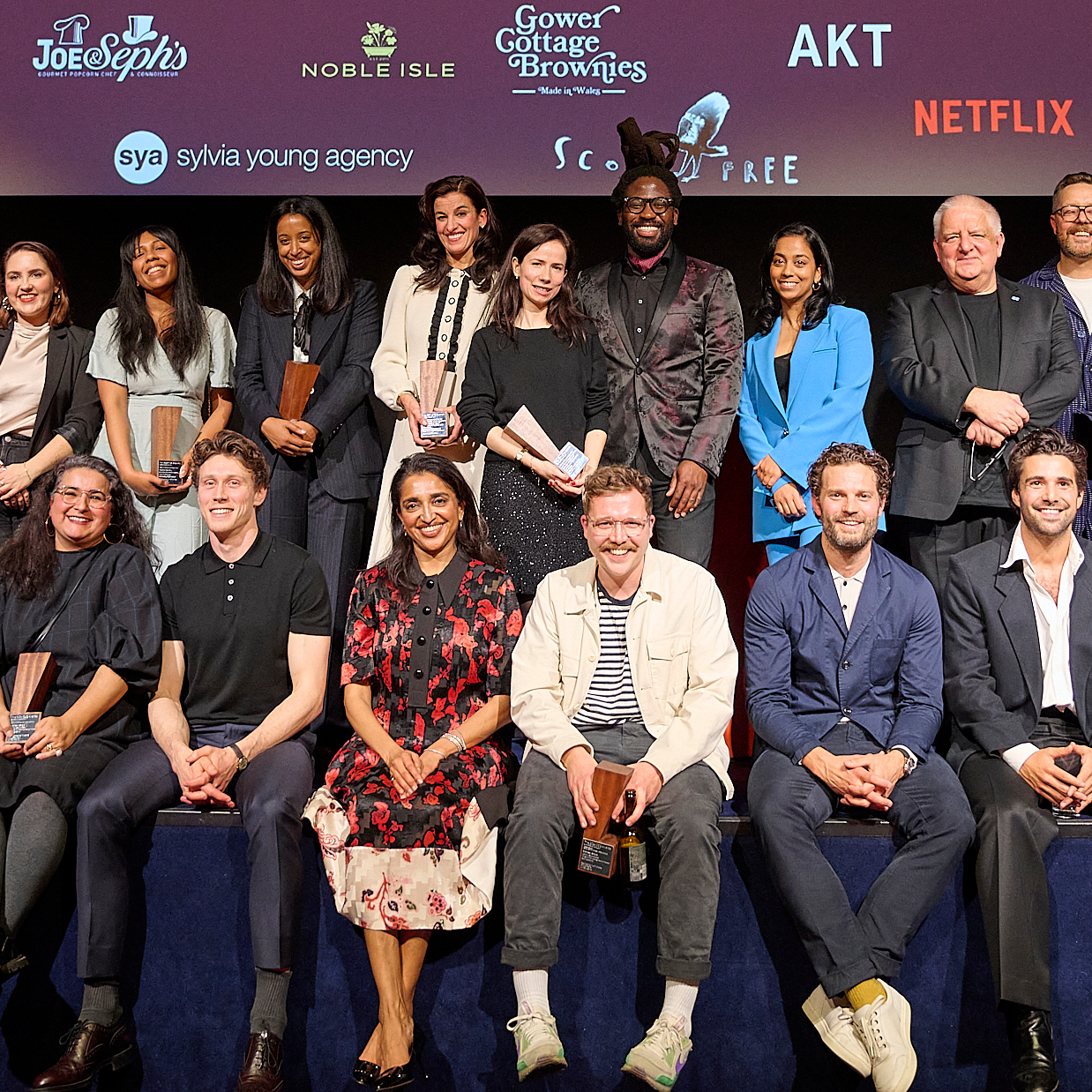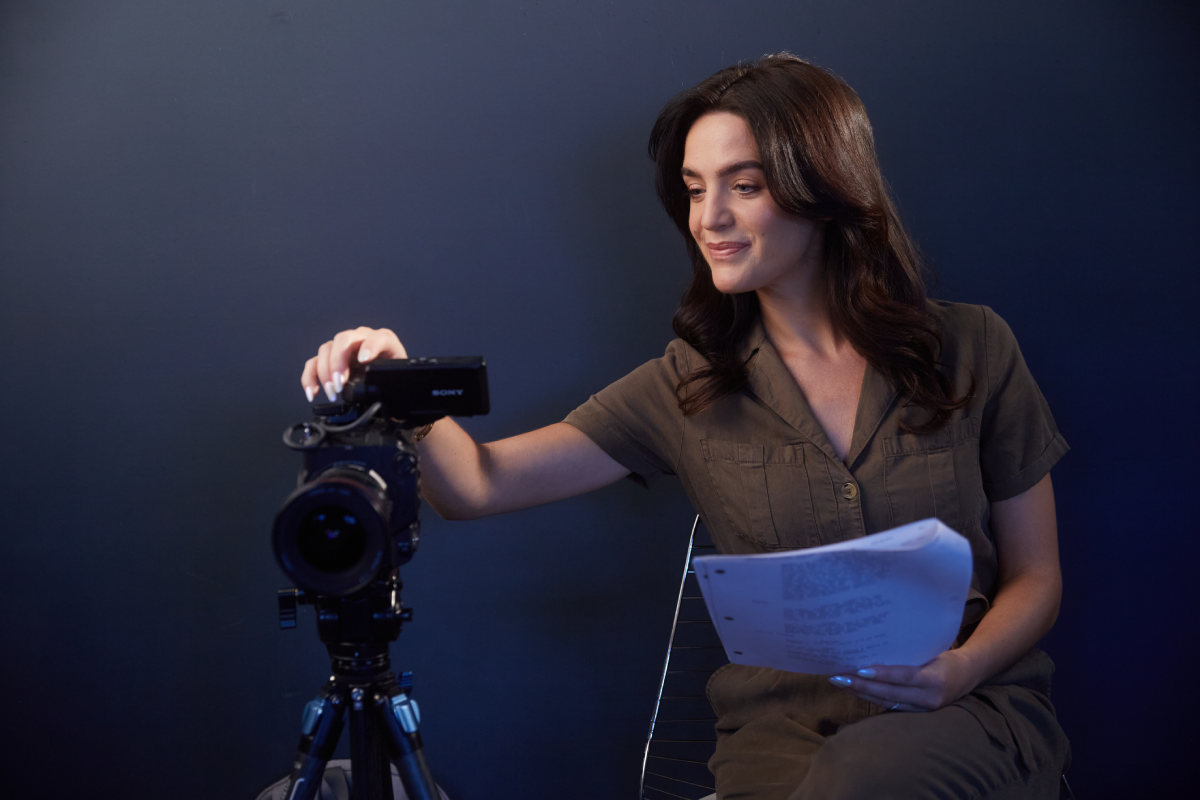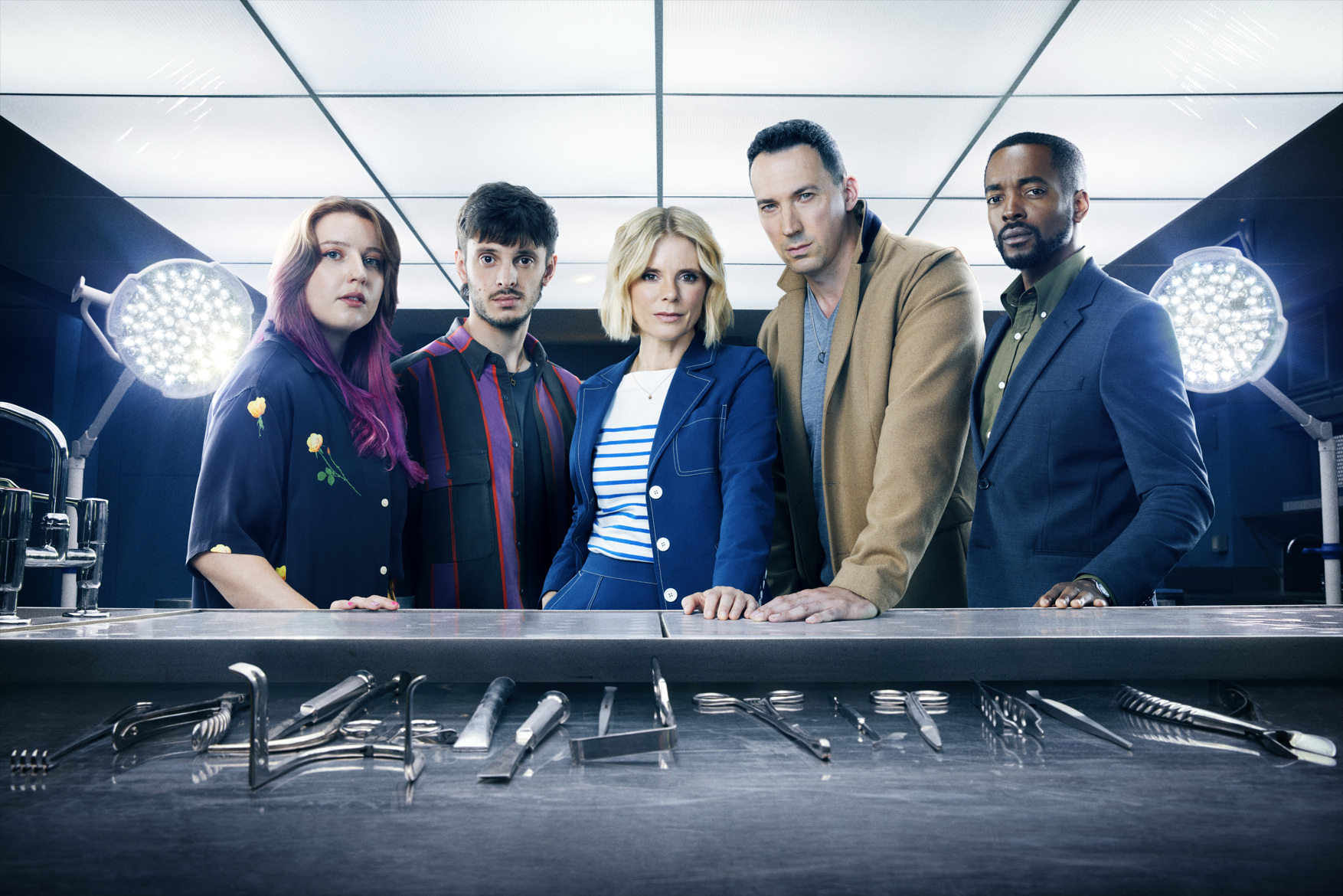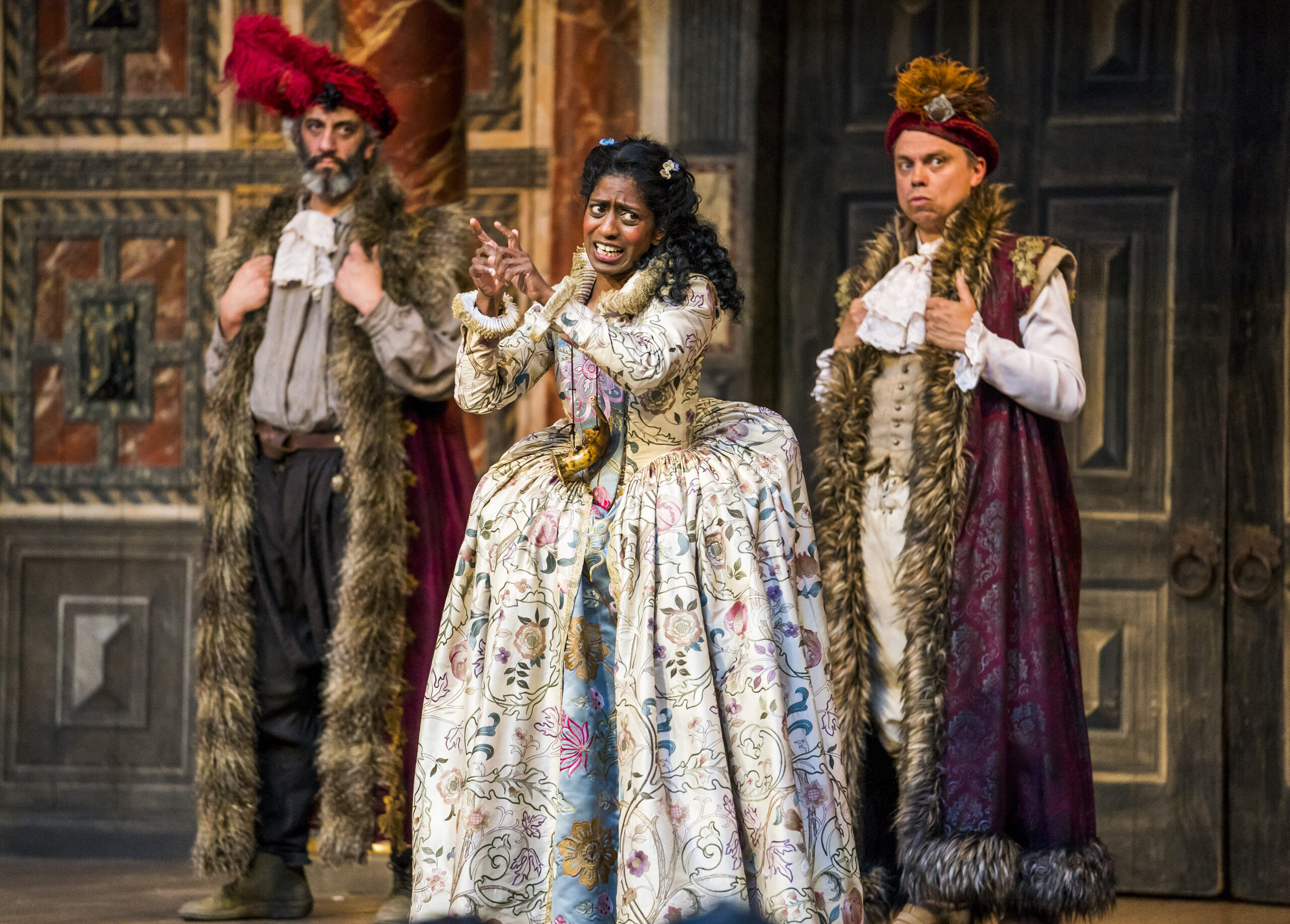‘Casualty’ actress Linda Burrel Reid tells us what you should know about autism and neurodivergence, and how autistic people experience the world around them.
I am neurodivergent/autistic. I received a late diagnosis. When I received the diagnosis, I couldn’t believe it. “I can’t be autistic because I’m verbal, I don’t rock, I don’t wear ear defenders, I’m very sociable, I’m not a genius!” All that stereotypical stuff about autistic people – the film Rain Man and the character of ‘Sheldon’ in The Big Bang Theory – helped to shape my ignorance.
Autistic women present differently from autistic men, though the criteria for diagnosis is based on males. Autism was thought to be something only boys got. After spending every hour of the day reading up about autism and talking to other autistic people, I finally settled in and got to know my autistic self – a bit like a reunion from an estranged friend.
I used to think that autism is something you just had. It’s not something you have – it’s pervasive, a neurological difference. It’s every cell in the body, intertwined, a bit like the colour of your eyes – it’s programmed from the start. It’s always been. You don’t acquire it.
When I reveal that I’m autistic, the conversation usually goes something like this:
Them: “You don’t look autistic.”
Me: “Oh, okay, why’s that?”
Them: “Umm… well, you don’t seem to be struggling.”
Me: “What do you mean exactly?”
Them: “You’re not rocking or anything.”
There are many labels for autism: high functioning, low functioning, Asperger’s, mild autism, aspie, low end of the spectrum, high end of the spectrum. I’m many of these things and so are non-autistic people too, in terms of functioning. This is where the confusion starts. Autistic people are doctors, lawyers, cleaners, bankers, teachers, actors and artists, scientists. There are autistic people in all walks of life.
What is Stimming?
As I got acquainted with the long-lost autistic me, I realised that suppressing myself had become second nature. I was always holding in my need to ‘stim’. Stim is short for ‘stimming’, which comes from stimulation.
You know when you’re deep in thought, concentrating on something or even bored or nervous, and you find yourself clicking your pen, pacing, playing with a chain necklace or bouncing your leg? Well, that’s stimming. All those examples of stimming are typical examples of what non-autistic (neurotypical or ‘NT’) people do.
Some autistic people need to stim much more than this. It is like the need to blink. Our stims can look a lot different according to speed and frequency. It’s self-regulation. When in a stim, to non-autistic people that’s when we look ‘obviously autistic’. In these moments NT people talk to you differently, attention is drawn to you and you’re out there.
Masking
From a young age, I quickly learned that masking is the way to survive socially. It avoids the patronising looks or being treated differently. Masking creates a problem for everyone, as if we as autistics are always masking, then non-autistic people won’t know or understand what we do. It needs to be normalised. As I often pass for ‘non-autistic’ (according to NTs) and remain hidden, people will continue to believe the stereotypes around autism. Plus, masking is exhausting, and if the body needs to stim, it will find a way.
When in this mode, people treat you differently. I feel that we as autistics need to come out. If we stay forever hidden, people will never learn and accept us as the norm, to break stigma and stereotypes. We come in all shapes and sizes just like everyone.
Of course, it is a risk: ‘outing’ yourself or un-masking could put in the box of forever being cast as ‘the autistic’ in autistic-specific roles. I needed to unmask as I couldn’t pretend anymore. It’s good for you, being yourself. ‘Outing’ yourself or unmasking isn’t easy, but there are good examples. Anthony Hopkins, who I love, came out as autistic in 2017.
Sensory Issues
Imagine that it’s late and you’re tired. You’re all tucked up in bed, lights off, with some gentle music to ease you into sleep. You’re at that point where you’re just drifting off, then the lights are flipped on and an orchestra starts playing ‘Flight of the Bumblebee‘ at full volume. The brightness of the light, the loudness and intensity of the orchestra – that would be pretty startling, frightening and disorientating, right?
That’s a description of what it is to have a sensory overload. We as autistics are obviously all different, and just like non-autistic people, we fluctuate every day, every hour. The difference being that there seems to be the common thread of sensory issues in how most autistic people experience the world.
Have you ever been hanging out with friends and someone in your company is eating an apple, and they are a really noisy eater? The noise fills you full of disgust, so all you can hear are the horrible eating noises and they seem amplified. That’s what it’s like, not having the ability to filter out noise or certain frequencies and hearing multiple background noises at once. The hum of fluorescent lights, cutlery clanking off plates, sloppy eating sounds, other people having a conversation, music on, someone clicking a pen and, on top of that, you’ve got to remember to maintain eye contact and say the right things (without being too blunt and taking things literally). It’s really stressful!
Literal and Visual Thinking
I take things literally and say what I mean and mean what I say. Most people don’t. This can be perceived as blunt. You know when someone who you don’t know well greets you?
Them: “Hi, how are you?”
The ‘correct’ or NT response: “I’m good thanks, and you?”
My response: “Hey, not so good – my train got delayed, I lost my ticket and had to buy a new ticket on the train, and convince the inspector I genuinely lost it. Almost got fined, but thankfully they believed I wasn’t trying to skip the train…”
There is a social rule. This doesn’t apply to every situation, but you get the idea.
Lack of Empathy
This is another myth. You know the expression, ‘You could cut the atmosphere with a knife’? Literal thinking-wise, it’s quite funny, as I picture cutting the atmosphere with a knife. When it comes to feelings, that’s how I pick up other people’s emotions. I see through people’s masks when making eye contact at times, picking up their hidden emotions, whatever they are masking – be it the upset of an argument before they left home or a worry.
This happens a lot of the time and can be overpowering and create anxiety. This in turn promotes the need to stim and this will start spilling out. Autistic people have a need to self-regulate. We could come across as upset, anxious or not make eye contact, as we pick up too much emotion from other people. If someone is upset but hiding it, I can feel it. My behaviour can then seem weird to the non-autistic person. This all gets very awkward, and then a big old miscommunication happens. Especially if your mask is up too.
We All Think Differently, Anyway
Neurodiversity describes different ways of thinking, such as ADHD, dyslexia, OCD, dyspraxia, autism and Tourette’s – not just those on the spectrum or not on the spectrum. We have always been around and always will be – it’s the natural way of things. It’s not just awareness of autism that is needed, but acceptance too.
I love bringing characters to life and playing people from all walks. In between takes or during breaks in the rehearsal room, I’m autistically me. When I’m acting, I’m acting, and I’m hyper focused.
We as actors play different characters, hopefully moving away from stereotypes to portray humans to teach, challenge, entertain and make others feel, think and learn. We need to be open and look with non-judgemental eyes. Honest communication is a two-way process. Society puts emphasis on what we can see, how we appear, judging a book by its cover. We, as actors, look inside the book when it comes to our characters. Why not also do this in everyday life? It’s good to talk and be yourself, isn’t it? Is masking the reason we have a mental health crisis? If everyone unmasked, wouldn’t the world be a better, happier place?
Some Resources:
- Anthony Hopkins’ autism
- Neurodiversity in general
- Functioning labels
- The spectrum
- The puzzle piece symbol used to represent autism
Linda Burrel Reid has previously worked as a child and adult autism support worker. As an actor, her most recent work includes the BBC drama series ‘Casualty’.

